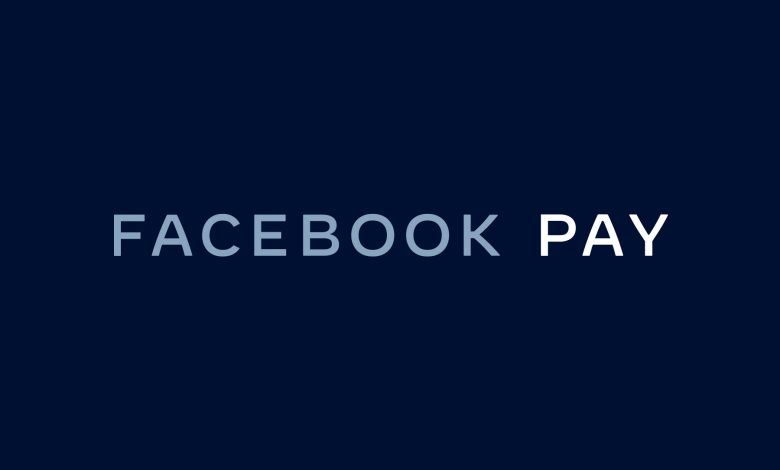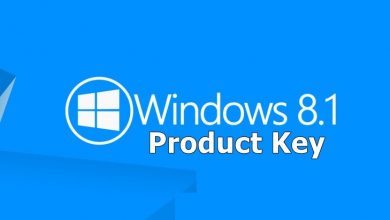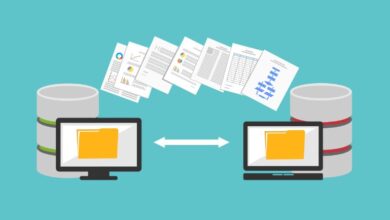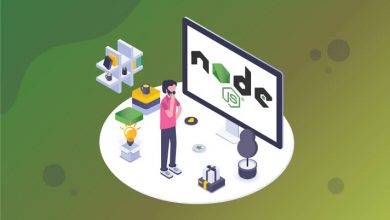
What Is Facebook Pay?
Facebook is already one of the world’s most prominent social media networks. Facebook is now expanding its reach by offering a unique way to send money. This new solution is called Facebook Pay, and it allows people to send money across Facebook, Instagram, and Facebook Messenger. It provides a simple approach to handling money, plus it can work without fees.
Facebook Pay is similar to Apple Pay and Venmo and other payment programs. A user can transfer money from one’s bank account or credit card to a Facebook Pay account. It can secure one’s money for many purposes, but it will not require fees. It will not store the user’s money in an online account, providing an easier approach to handling your funds.
Facebook Pay is relatively new, as it was launched in 2019. It is expanding its reach to include coverage outside the United States and Canada. It will also work with the WhatsApp voice communication tool very soon, expanding its integration options.
How Facebook Pay Works
Facebook Pay has a system similar to what Venmo and Zelle offer. The difference is that Facebook Pay only works for those on Facebook, Messenger, or Instagram. Here’s how it works:
A user will log in to Facebook.
Facebook Pay must be activated on one’s account. The customer can go to the Settings menu on the Facebook app or website and then select the Facebook Pay section.
The user adds a payment method. The website or app will list all the supported payment options available here.
The user can send a message to another person on any of those three platforms. The user can provide details on what one wishes to send, or that person can request money.
The other party can respond to the message and send or receive money as necessary. There must be a specific monetary value associated with the transaction.
Whoever sends the money will list the specific amount that will be sent out here.
The other party will receive the payment once the sender finishes the deal.
The process works in moments and provides a simple approach to handling payments. The associated apps will help people move through the process.
What Can People Use Facebook Pay for?
Facebook Pay is suitable for many things:
- People can make payments between one another.
- Organizations can accept donations for fundraising events.
- People can purchase items through Facebook Marketplace or Instagram.
- In-app purchases may be easier to facilitate through Facebook Pay.
- What Can People Do When Handling Their Data?
Facebook Pay users can benefit from the system in many ways:
People can list Facebook Pay as a preferred method of paying for items while online.
Users don’t have to re-enter their payment information every time they use Facebook Pay. They can link their cards to the system.
Users can set up their Facebook Pay accounts to work either on specific apps or across multiple apps where available.
Each account will feature a payment history report to help people review what they are doing with the service.
Facebook offers customer support for its service through a live chat feature.
Are There Really No Fees?
People are often frustrated by the fees associated with online payment apps. But Facebook Pay does not charge any fees. Since all transactions work through the same Facebook network, there are no outside parties involved with the deals. This effort means Facebook Pay doesn’t cost anything extra.
What Cards Work?
Facebook Pay can support credit cards from all major networks. These include the Visa and MasterCard networks. Users can also link a PayPal account to one’s Facebook Pay account. Further payment options will be made available as the service continues to grow.
Can Security Features Work?
Facebook Pay users can add biometric data to their accounts to ensure they’re the only ones completing payments. A user can add a touch or facial ID system to add a new step for confirming one’s identity. Users can also add PIN requirements if their devices don’t support biometric features. Facebook will not store or receive any details on these security measures, ensuring the customer’s data stays protected.
What Makes This Different from Facebook Payments?
Facebook already has its Payments service as a part of Messenger. Facebook Pay sounds similar, but this is different in that it supports credit cards. It adds more control than what the Payments service already provides for money transfer needs.
Will Libra Play a Part?
One point to consider surrounding Facebook Pay entails the potential for the company’s Libra digital currency to play a role in the work. Facebook has been planning a new digital currency called Libra in the past few months. Libra would allow smartphone owners to complete transactions in many places.
Whether Libra will be incorporated as part of Facebook Pay remains uncertain. There is also uncertainty over when the digital currency will be available to the public.
Can Payment Data Still Be Utilized?
There is one significant worry surrounding Facebook Pay, as Facebook could use transaction data to produce ads. Facebook Pay can provide users with transaction history data on what someone is doing with the system. Credit card data will be encrypted, but Facebook could still use details on how someone handles payments to determine what ads the platform will utilize. Customers might start to see ads for certain things based on what they purchase.
This worry can be significant, as it could be an invasion of privacy to some people. Many people might not feel comfortable with ads based on the things they’re buying.
Facebook Pay will be a useful thing to note when looking at how people transfer money between one another. Facebook Pay will provide a free approach to moving money, as it provides access to a simple monetary transfer service everyone can use. But there will still be questions about how payment works and whether the Libra digital currency will be involved.





